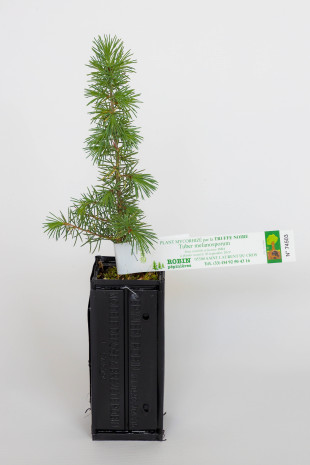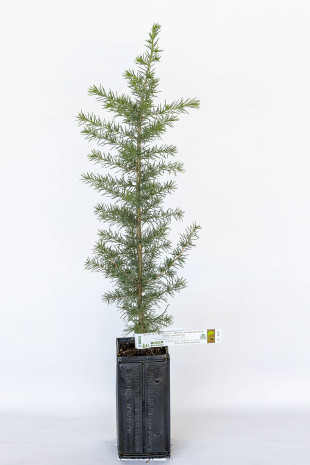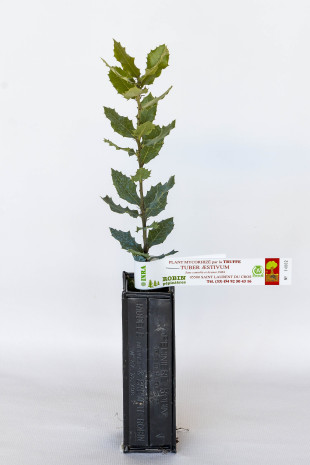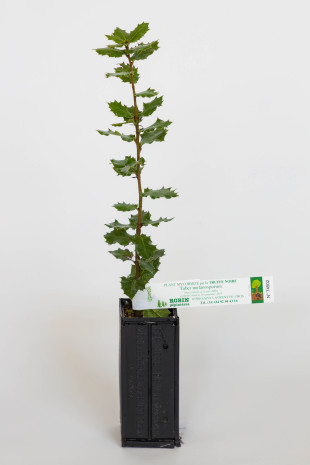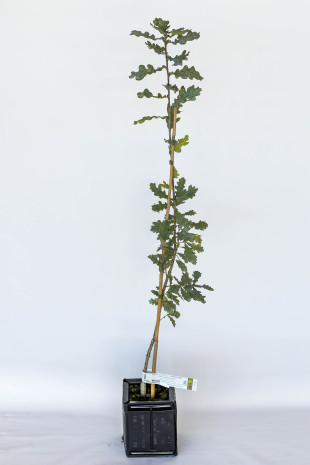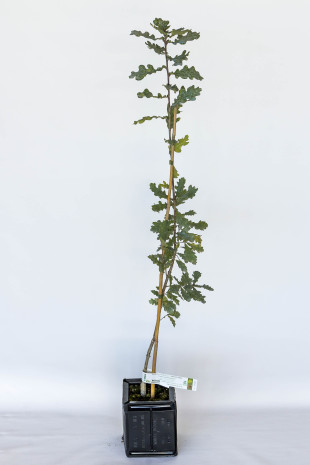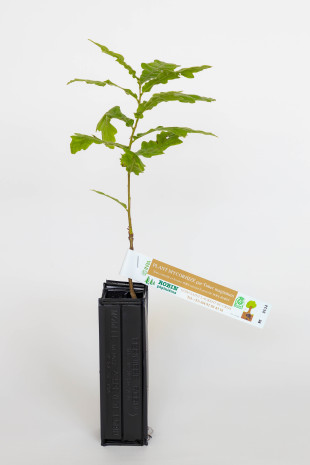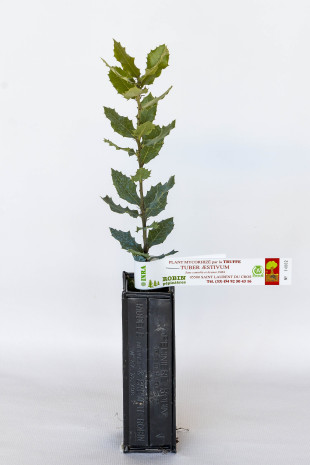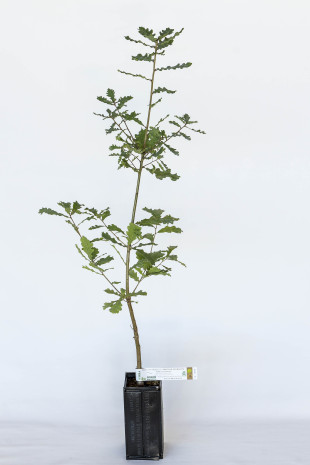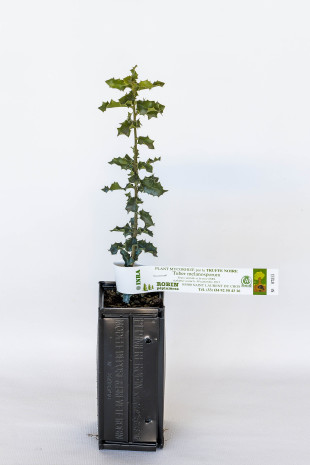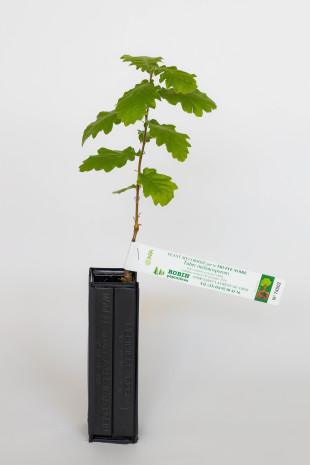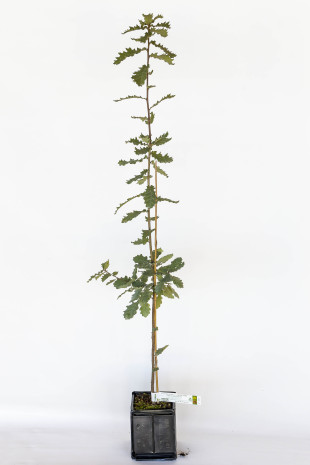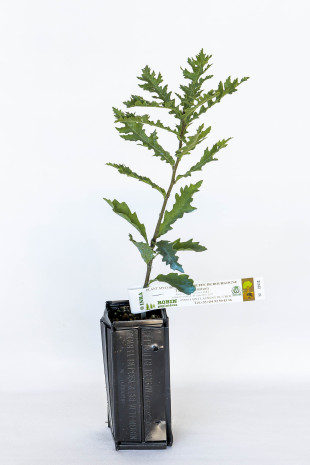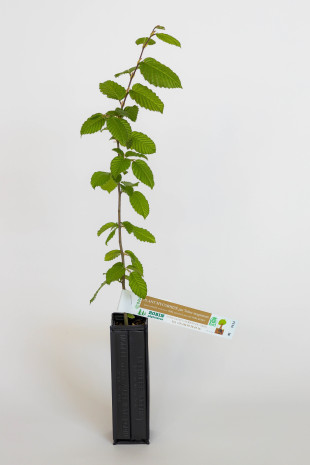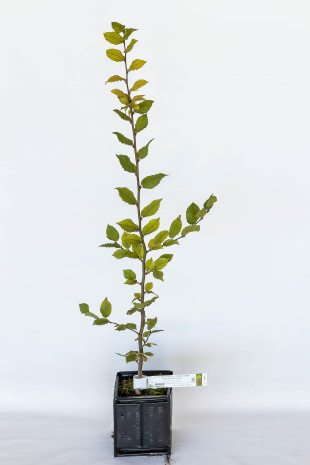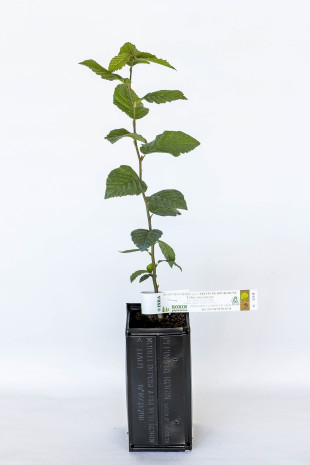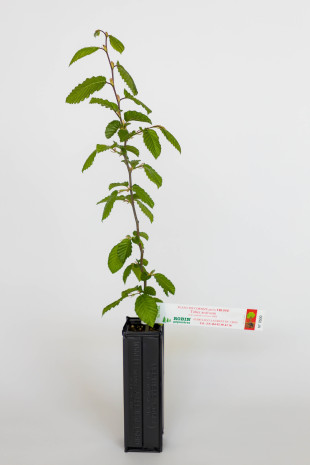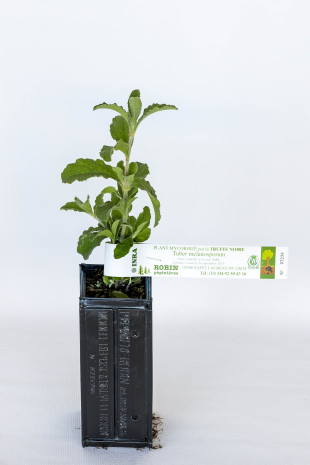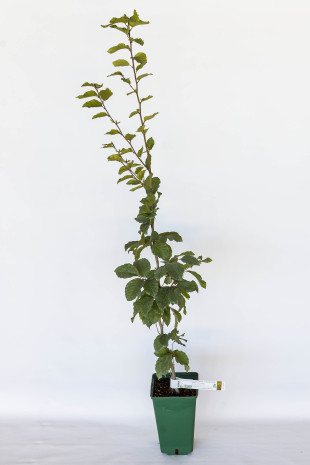Truffle plants by tree type
Because of their root system, their preferred soil, their ability to resist to dry periods or on the contrary to the cold or to the excess of rainfall, not all tree species are suitable to favor the development and the growth of truffles. Since 1988 and the creation of its own laboratory of controlled mycorrhization, Robin Nurseries has been experimenting, selecting and constantly improving the most adapted and productive tree species for truffle growing.
Today, there are no less than 8 species of truffle trees that we offer:
- Truffle oaks (holm oak, pedunculate oak, pubescent oak, etc.)
- Truffle hazelnuts (common hazelnut, Bizance hazelnut, fruit hazelnut, etc.)
- Truffle hornbeam (common hornbeam, hop hornbeam, etc.)
- Truffle pines (Aleppo pine and Austrian black pine)
- Cedar, rockrose and beech trees with truffle potential...
- And let's not forget the truffle basswoods
Here is a selection of truffle plants obtained by mycorrhization of different tree species particularly adapted to truffle production.
Robin Truffle Trees (by species)
A panel of 8 tree species recommended for truffle growing
In order to meet the various requirements of our customers, we offer a range of 8 species that respond favorably to controlled mycorrhization and offer real truffle potential. Each of these truffle species has its own characteristics and its own natural biotope. If all of them need a calcareous soil, some of them like full sun while others prefer half-shade. Their need for water, their hardiness in the face of winter cold, their ability to resist drought are all factors that differentiate them. It is therefore according to these criteria that you will have to choose between the inevitable truffle oaks, the no less productive truffle hazels, but also truffle basswood, truffle hornbeams, cedars, rockroses, beeches and other truffle pines.
Which truffle tree species should I choose ?
The planting of truffle trees leaves no room for chance. The choice of tree species must be dictated by the local climate, by the altitude of the land, by its exposure, but also by the nature of the soil and the variety of truffles that you plan to produce. Because not all tree species are willing to "host" tuber melanosporum, tuber aestivum, tuber uncinatum and even less tuber magnatum. Our experts can come on site to analyze the soil and help you choose the species of trees mycorhized with the variety of truffles most appropriate for your orchard. For the realization of your truffle field, do not hesitate to ask the advice of the sales manager of your sector.
